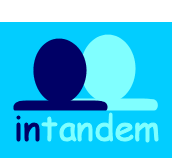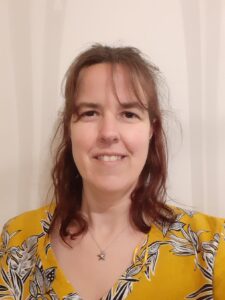We are two experienced speech and language therapists who recently attended the intandem supervision course ‘Are you getting enough (2)? Making the transition from supervisee to supervisor’. Following which, we have been reflecting on our learning from the day. We work in adult neurorehabilitation (inpatient and outpatient) and share an interest in supervision. We have both worked at B7 and B8 level for many years, and last year completed the EMCC Level 1 coaching qualification offered by our Trust. Coaching seemed to offer another way of eliciting goals or helping patients to see a way forward and helping staff to find their own solutions to difficulties encountered in their work.
The coaching training was not healthcare specific, however, involved us working out the differences between mentoring, coaching and supervision. Though there is a definite overlap, and similar skills are used across these tasks at different times, when used in their ‘basic forms’ it can be helpful to think of them more separately. Mentoring is completed by a person with specific experience in an area and is looking to give ‘the answer’ (e.g. “How do I?” “You should….”). Coaching can be done by someone with no knowledge of the area (indeed, this can be quite helpful in some cases) and is very much led by the coachee. The coach asks questions to help filter and organise the thoughts of the coachee, rather than offering a fix (e.g. “How did that look?” “Can you think of any options for how to manage that?”). Coaching helps the coachee to find their own solutions.
Supervision can be considered to overlay mentoring and coaching, with different levels of guidance and self-direction at different stages. For instance, when the supervisee is just starting in their career, supervision is sometimes more directive, but as the supervisee becomes more experienced it often becomes more supportive or explorative. This change is also observed in the supervisor – as they gain experience, they will be more able to ‘let go of the reins’ and be directed by the supervisee. We both observed that many of the tools offered in the supervision day were ones we recognised as coaching techniques. We may have found the use of them a little easier because of our previous coaching practice, but everyone else on the course also reported finding the techniques very useful.
Coaching techniques help provide a different ‘scaffold/structure’ to the supervision, supporting a move away from the pupil/teacher mode towards the peer/peer model (transactional analysis). Not thinking of the supervisor as the ‘expert’ is somewhat of a challenge in supervision for many healthcare professionals.
We found the facilitation spectrum (Bee and Bee 1998) a useful model in demonstrating and discussing the range of approaches available in supervision. We have found that coaching provides an extra tool in supervision sessions. In the workshop, we found coaching techniques were useful when we were supervising AHPs outside our profession or supervising someone very senior or in a very different role. The mix of professions and practice opportunities in the session were very useful, as it allowed people to ‘find their feet’ with new techniques (including coaching).
Information we found particularly relevant to coaching in supervision:
- You don’t have to have the answer, you can learn from uncertainty
- Consider a whole range of interventions, from silence to directing (with agreement from your supervisee)
- Regularly use the contracting matrix (Sills, 2008) to explore what you want from your supervision session(s)
- Consider different forms of supervision e.g. ‘non-expert’ – would you gain from the perspective of someone outside your profession?
The benefit of attending courses like this is that we bring different ways of working back to our specific settings. It has given us the confidence to try new approaches.
By Vicky Lack and Christine Smith
Speech and language therapy, Wolfson Neurorehabilitation Centre


